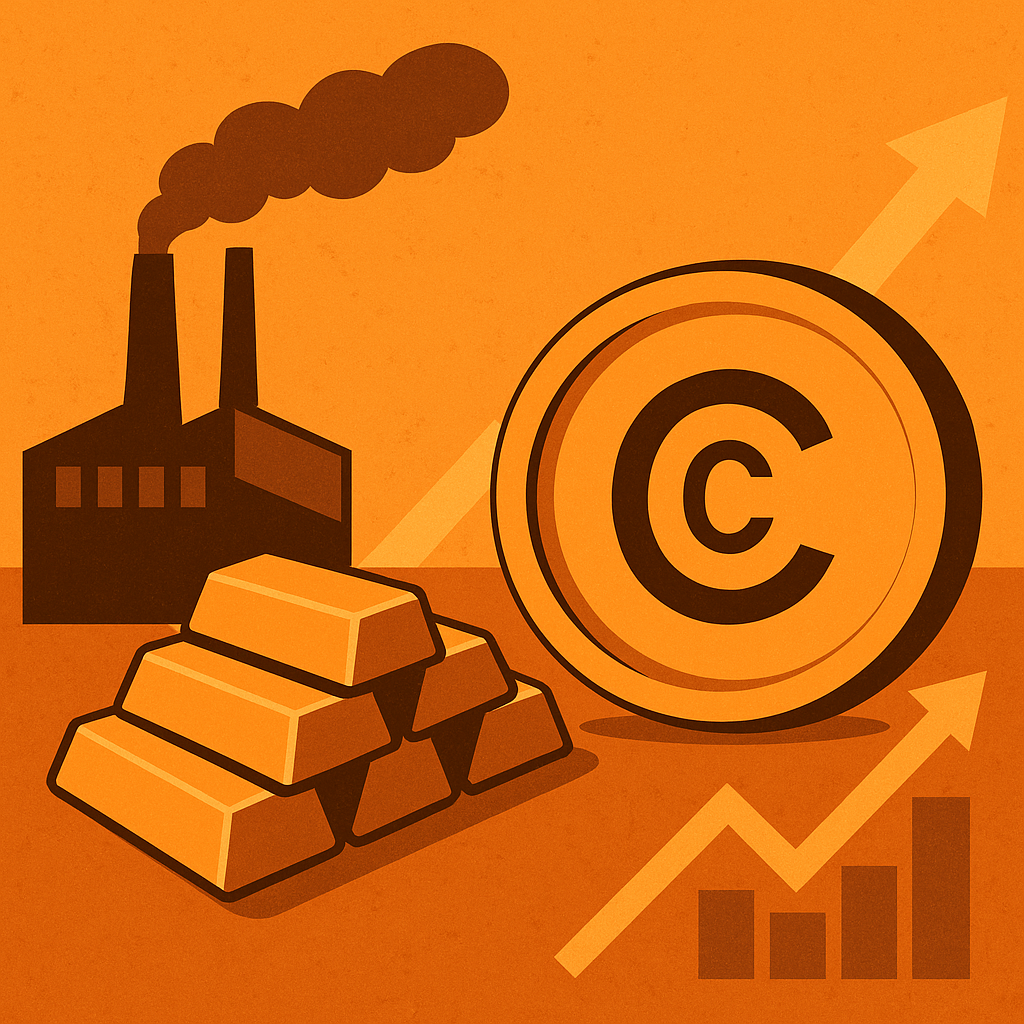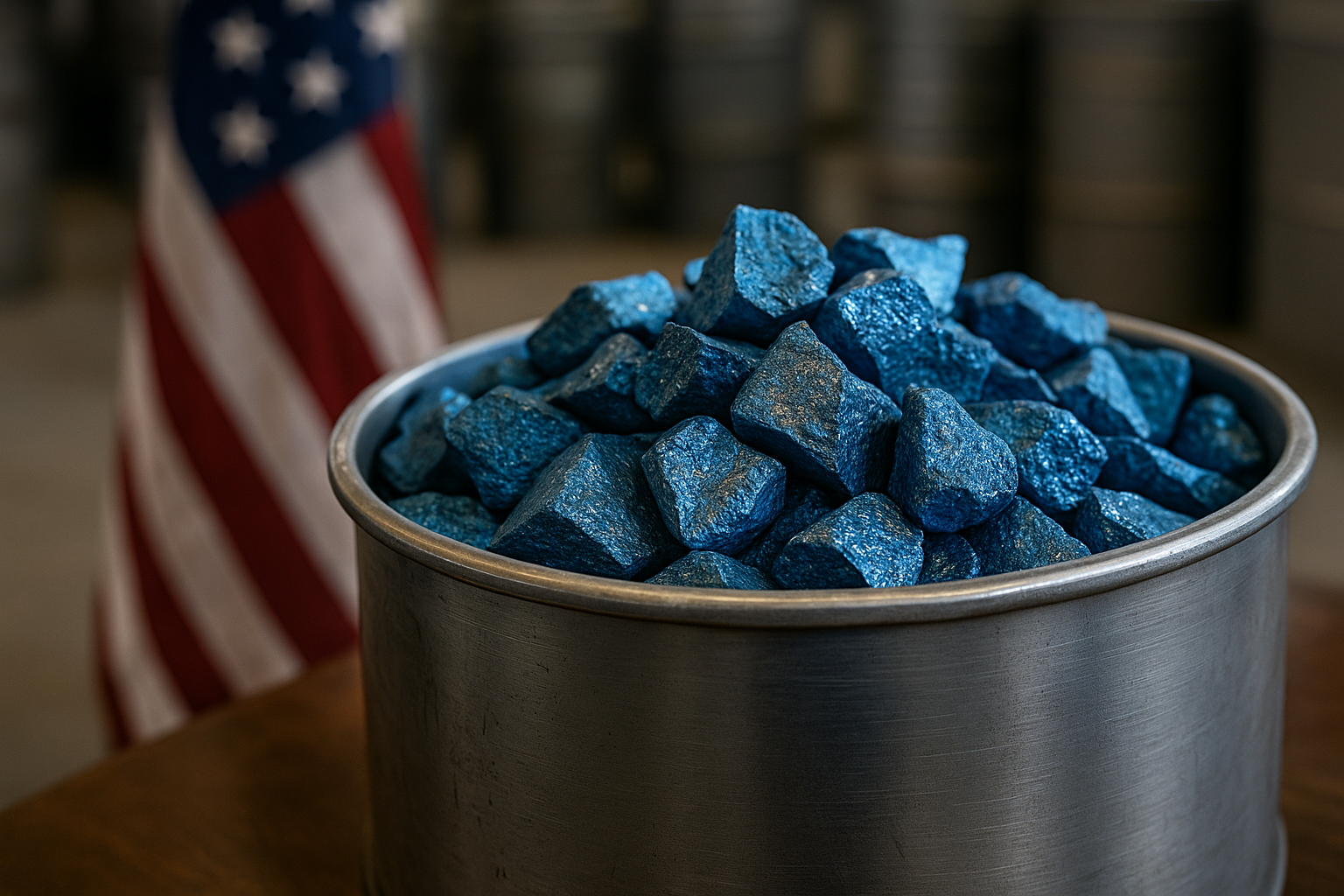Copper investors woke up to a stark warning this week: Glencore, one of the world’s largest mining and commodity trading companies, has revealed that its Australian copper smelting operations are losing nearly $30 million per month, pushing facilities toward the brink of shutdown.
The mining giant is urging the Australian government to deliver up to $2 billion in relief, citing surging energy and labor costs alongside mounting Chinese competition as unsustainable pressures on the sector. With copper prices already buoyed by supply strain and energy transition demand, this development could fuel further upside—if supply tightens faster than expected.
This isn’t just a local crisis—it’s a global signal. As smelting margins collapse and operational viability erodes, the foundational supply chain of one of the world’s most critical industrial metals is under threat.
Australia’s Copper Crisis: Breaking Down the Blow
According to an exclusive report by The Australian, Glencore’s Mt Isa and Townsville copper smelters have been hemorrhaging cash in recent quarters. The company estimates monthly losses of AUD $45 million (~USD $30 million), driven by:
- Spiking electricity prices in Queensland, which have doubled since 2022
- Wage pressures from labor shortages and union renegotiations
- Depressed global smelting fees (TC/RCs), due to oversupply of refined copper from Chinese producers
These smelters are central to Australia’s position in global copper refining, yet they now risk closure if government subsidies or structural reforms do not materialize. Glencore has floated the idea of a multi-year support package of AUD $2 billion, aimed at keeping domestic refining afloat and aligned with national critical minerals strategy goals.
Why This Matters for Investors
Copper is a linchpin of the green economy—essential for everything from EVs to wind turbines to data centers. Any significant disruption to the global refining or supply network can have far-reaching pricing and demand consequences.
- Copper prices (COMEX) currently trade near $4.50/lb, up nearly 15% YTD
- Inventories tracked by the LME are at historically low levels, hovering near 85,000 tonnes
- Australia accounts for ~5% of global copper mine production, with most exports going to Asia
If Glencore reduces or shutters its smelting operations, raw copper output from its mines may require offshore refining, increasing logistics costs and reducing Australia’s downstream competitiveness.
Macquarie Research analysts note that “a withdrawal of Australian refining capacity could further tighten the concentrate market, boosting margins for overseas smelters but squeezing midstream producers.”
Future Trends to Watch
- Government Subsidy Decisions
The Albanese government is under pressure to respond quickly. With Australia’s broader Critical Minerals Strategy 2030 in play, this crisis could determine how committed the government is to keeping processing capabilities onshore. - Copper Supply Repricing
If smelters shutter, expect concentrate backlogs and potential pricing spikes in refined copper. Miners with integrated operations—like Freeport-McMoRan or First Quantum—may gain advantage. - China’s Role and Overcapacity
China has significantly increased its refining output, putting pressure on global smelting margins. A continued glut may keep treatment charges low, hurting other markets. - ESG & Strategic Metals
Investors are re-rating companies that control both mining and refining, especially in jurisdictions pushing clean energy agendas. Australian miners may attract ESG-focused capital if the government steps in.
Key Investment Insight
Glencore’s warning is a red flag—and a potential signal for bullish positioning in copper and associated supply chain equities. If government support fails to materialize, copper supply constraints could intensify, driving prices higher in the medium term.
Investors should consider:
- Short-term trades in copper miners like Glencore (GLEN.L), OZ Minerals (ASX: OZL), or Sandfire Resources (ASX: SFR) ahead of subsidy announcements
- Longer-term positions in diversified miners with integrated copper assets
- Tracking smelting fee trends (TC/RCs) to understand downstream bottlenecks
- Watching ETFs like COPX (Global X Copper Miners) or XME (SPDR Metals & Mining)
For daily, investor-first coverage of what’s shaping global supply chains and commodity strategies, stay with MoneyNews.Today—your edge in today’s volatile resource markets.





